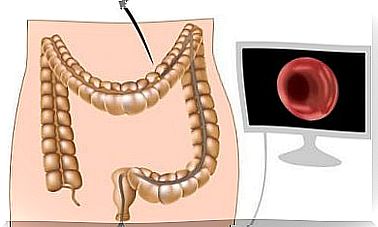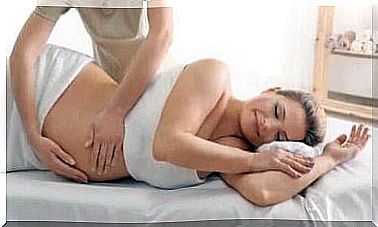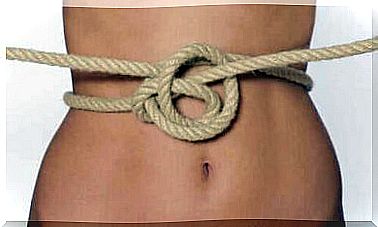Heart Health During Menopause
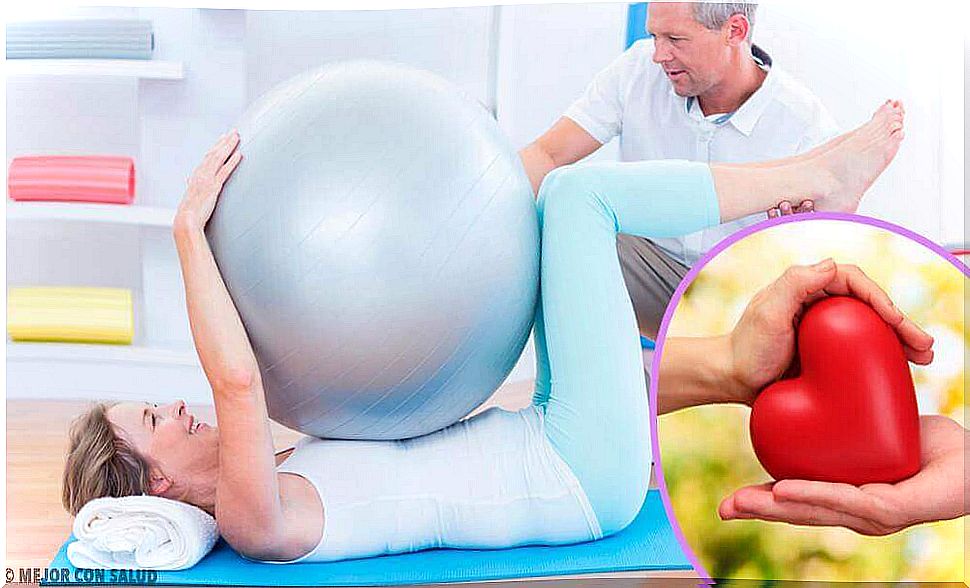
Menopause itself does not actually cause heart disease. However, certain risk factors increase when women stop menstruating. Eating a lot of fatty foods, smoking, and other unhealthy habits can also affect heart health.
The risk of heart disease increases as people get older, but for women, symptoms may be more apparent after the onset of menopause.
The average age at which women reach menopause is 45 years. This stage is called perimenopause. Ten years after the onset of menopause, women’s risk of heart attacks increases.
It can be said that heart disease is the most common cause of death of women. One in three adult women has some form of heart disease.
The link between menopause and heart health

Menopause occurs when a woman no longer has her period. It is a natural process experienced by women around the age of 50, but it can also occur earlier.
During menopause, the ovaries stop producing estrogen, a hormone that regulates the menstrual cycle. Estrogen can also help keep blood vessel walls strong and smooth.
Menopause in itself does not cause heart disease, but it does increase certain risk factors that can lead to heart disease. During menopause, you may experience the following symptoms:
- higher blood pressure
- higher levels of LDL (the bad cholesterol)
- lower levels of HDL (the good cholesterol)
- higher levels of triglycerides (a type of fat in the blood)
While there may be a link between estrogen levels and a lower risk of cardiovascular disease and stroke (before menopause), doctors don’t recommend taking estrogen to prevent cardiovascular disease after menopause.
The Symptoms of Heart Disease in Women
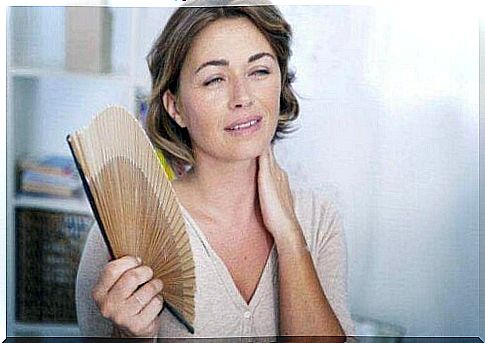
The risk of cardiovascular disease increases for both men and women as they age. You might even think that certain symptoms are normal as you get older, but that may not be the case. It is important that you see your doctor if you experience the following symptoms:
- trouble breathing
- chest pain
- palpitations
- fatigue
- swollen ankles and/or feet
The symptoms of a heart attack in women and men can be different. Most women have chest pain, arm pain, or shortness of breath. Other symptoms are generally mild and may include:
- chest pain or pressure that comes and goes
- to sweat
- nausea
- dizziness
- pain in the jaw, neck, arm or back
- excessive fatigue
Staying healthy
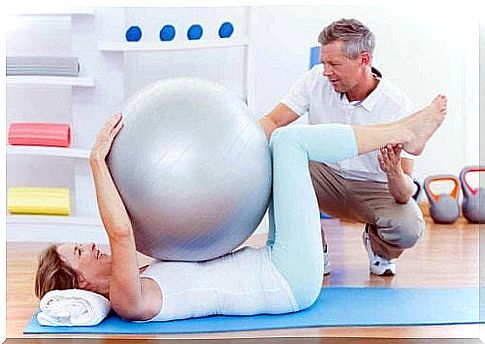
You can help reduce your risk of cardiovascular disease in old age by adopting healthy habits from an early age. Here are a few recommendations for keeping your heart healthy:
- Choose fiber-rich, healthy foods (such as whole grains) and avoid salt, sugar, and ultra-processed foods whenever possible.
- Fresh fruits and vegetables, lean proteins, and low-fat milk products can play an important role in keeping your heart healthy.
- Get regular exercise. The American Heart Association recommends at least 30 minutes of moderate activity a day, such as walking, cycling, dancing, or gardening, at least five days a week.
- Stop smoking and using tobacco products. No matter how long you’ve been smoking, it’s never too late to quit.
- Look for healthy ways to deal with stress. Find a hobby you enjoy and try meditation or yoga for example to relax.
- Seek treatment for depression if necessary. Research has shown that middle-aged women with depression are twice as likely to have a stroke.
- Visit your doctor regularly. Monitoring will help you monitor risk factors, give you space to talk about symptoms, and get early treatment.
Conclusion
Menopause is not a disease. It is a natural stage in a woman’s life cycle. It is important for women to monitor their health as they approach menopause.
